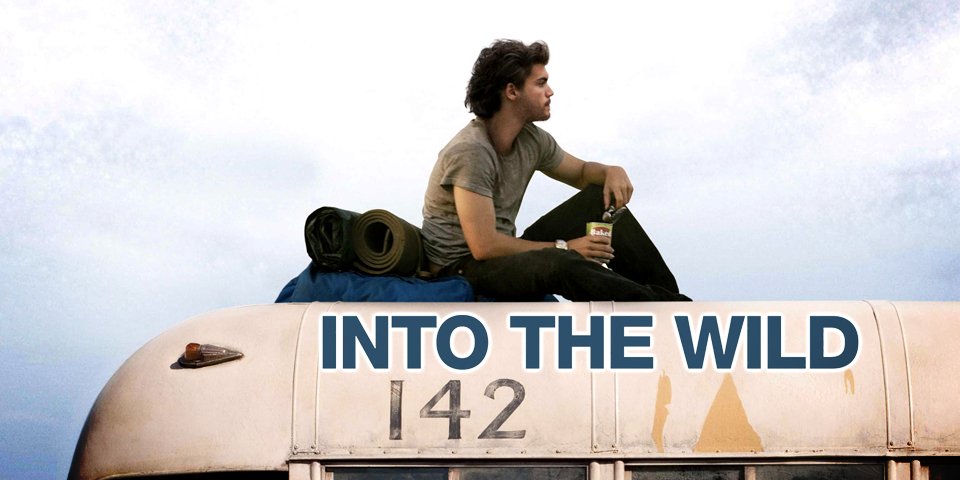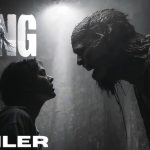“Into the Wild”

Sean Penn’s 2007 film “Into the Wild” is a cinematic masterpiece that chronicles the real-life odyssey of Christopher McCandless, a young man who rejects societal norms and material comforts to seek a life of adventure and spiritual fulfillment in the Alaskan wilderness. Based on Jon Krakauer’s non-fiction book of the same name, the film explores profound themes of idealism, self-discovery, and the relentless pursuit of personal freedom.
The narrative begins with a glimpse into Christopher McCandless’s privileged upbringing and academic success, portrayed by Emile Hirsch with a mix of charisma and earnestness. Despite his promising future, McCandless feels suffocated by societal expectations and familial pressures. He decides to donate his savings to charity, abandon his possessions, and adopt the alter ego “Alexander Supertramp” to embark on a transformative journey across America.

Central to “Into the Wild” is McCandless’s quest for authenticity and transcendence in the natural world. His journey takes him through breathtaking landscapes, encounters with diverse individuals, and moments of solitary reflection. Along the way, he forms genuine connections with people who share his love for nature and disdain for materialism, including Jan Burres and her boyfriend Rainey, as well as Ron Franz, an elderly widower who becomes a father figure to McCandless.

Penn’s direction captures the raw beauty of the American wilderness, immersing viewers in McCandless’s experiences as he navigates rivers, climbs mountains, and forages for food. The cinematography by Eric Gautier amplifies the film’s sense of adventure and isolation, juxtaposing wide shots of expansive landscapes with intimate close-ups that reveal McCandless’s emotional turmoil and determination.
Thematically, “Into the Wild” explores the tension between individual freedom and societal expectations. McCandless’s rejection of materialism and conventional success is both liberating and tragic, reflecting his unwavering pursuit of a meaningful existence untethered by societal constraints. His journey becomes a quest for self-discovery and authenticity, driven by a desire to find true happiness and purpose in a world often dominated by superficiality and conformity.

The film also delves into the complexities of human relationships and the impact of McCandless’s choices on those he encounters. His idealism and fierce independence inspire admiration and concern in equal measure, prompting introspection among those who cross his path. Through poignant flashbacks and encounters, Penn portrays McCandless not as a reckless vagabond, but as a soul searching for meaning and connection in a world fraught with contradictions.

At its heart, “Into the Wild” is a meditation on the transformative power of nature and the resilience of the human spirit. McCandless’s journey unfolds as a spiritual awakening, challenging viewers to reflect on their own values and aspirations. The film’s haunting soundtrack, featuring contributions from Eddie Vedder of Pearl Jam, complements McCandless’s introspective moments and enhances the emotional depth of his experiences.
In conclusion, “Into the Wild” (2007) stands as a poignant exploration of one man’s quest for truth, freedom, and self-realization in the face of societal expectations. Sean Penn’s direction, coupled with Emile Hirsch’s compelling performance and the film’s evocative cinematography, creates a powerful narrative that resonates with audiences long after the credits roll. By celebrating the beauty of nature and the indomitable human spirit, “Into the Wild” remains a timeless testament to the enduring pursuit of happiness and the transformative power of personal discovery.











